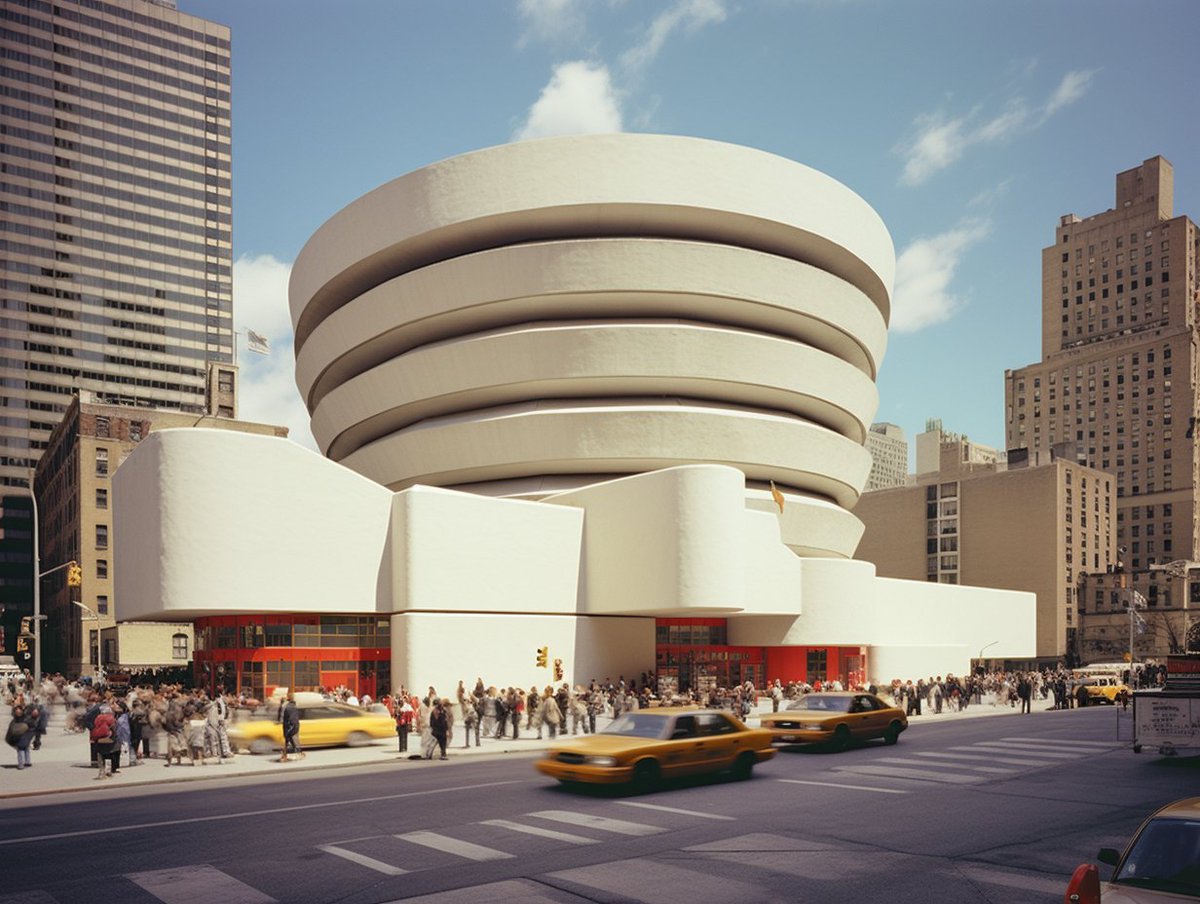Diffusion models like Midjourney have been marketed primarily as a cheap way to produce images. And that's a problem, because in many cases they are more a means of re-production that exploits and devalues human labor. But what if we use them as tools to study images?
1/9
1/9

What's most troubling about these models from a creative viewpoint seems to be their most interesting aspect from a scholarly perspective: they are extremely good at identifying, synthesizing, and reinforcing visual patterns and stereotypes. They're basically cliché detectors
2/9
2/9

This, I'd argue, makes them potentially very powerful tools for art history. Since the early 1900s, the days of Warburg, Wölfflin, and Riegl, art history has been interested not only in the grand narrative of masterpieces, but also in the anonymous patterns of visual culture
3/9
3/9

Understood as the history of seeing, art history has always attempted to synthesize the common features among very different images of a given period. The notion of »style«, in this sense, meant a pattern of looking at the world through images, a form of visual world-making
4/9
4/9

With diffusion models, such patterns can now be synthesized in the form of images. And what becomes visible in this way is more than just a visual »style,« but rather a certain »vibe,« an atmospheric quality shared by images that seem to inhabit the same aesthetic »world« 5/9 

At the same time, these images make visible the persistent biases and stereotypes that pervade the history of visual culture, and the limits of the imagination that govern our visual world-making, then and now (just look at the gender roles in most of these images)
6/9
6/9

It may seem far-fetched and speculative, but diffusion models could, among other things, open a path to a history of vibes and biases as captured in masses of images. However, there are methodological problems – not the least of which is the ahistoricity of these models
7/9
7/9

As impressive as they are at synthesizing and visualizing certain historical vibes, they have no model for historical consistency. If you ask Midjourney for a picture of the Pope from around 1980, it will capture the historical atmosphere, but show you todays's Pope
8/9
8/9

Thus, from a scholarly perspective, these models are, at least for the moment, more toys than tools. But, if you ask me, they open up conceptual questions that will be relevant to future research in the history of images, in and beyond art history
9/9
9/9

• • •
Missing some Tweet in this thread? You can try to
force a refresh




















